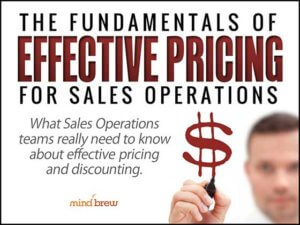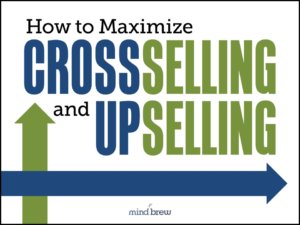The French author Alexis de Tocqueville once wrote, “The greatness of America lies not in being more enlightened than any other nation, but rather in her ability to repair her faults.”
That same concept applies to the B2B sales funnel. You don’t have to be more enlightened than other sales ops teams to achieve greatness—you just have to be committed to fixing the problems in your funnel over time.
But before you can get to work correcting the flaws in your funnel, you need to know what the glitches are. After all, if you don’t know what’s broke, you can’t fix it.
So how do you figure out which parts of your funnel to tweak?
We recommend two different strategies:
Strategy 1: The Scientific Method
The first strategy is a variation on the scientific method. If you remember your fifth grade science class, you might recall that scientific method starts by formulating a question. Back then, you might have had a lab partner to help you think of a good question. To fix your sales funnel, you’re going to gather your most experienced and successful sales team members to be your “lab partners” and help you identify issues that they see in the sales funnel.
Step two is to tap those same team members to help you come up with a hypothesis on how to correct the issues. From there, you test the hypothesis, evaluate the results, and repeat as necessary. When you find things that work, you’ll want to replicate them throughout your sales organization.
Strategy 2: Root-Cause Analysis
The second strategy that we have seen be very successful starts with an analysis of your sales data. For each of the stages in your sales funnel, categorize your opportunities and/or reps into low-, medium-, or high-performance categories.
Next, you’re going to evaluate your high performers very carefully. What is different about these opportunities or reps. See if you can drill down to identify the root causes of the success. When you think you’ve found the answer, test your hypothesis. Again, if your test works, replicate your tweak throughout the sales organization.
Either of these strategies can be very successful, but we’ve seen organizations achieve some particularly outstanding results when they use both approaches at the same time. That way, you’re tapping all the sources of information available to you—the accumulated wisdom of your veteran salespeople and the quantifiable data. In addition, involving respected members of the sales team can be a good way to generate goodwill and get more buy-in when you attempt to modify the sales process.
Of course, identifying the problem is just one step in optimizing your sales funnel. For more information about the improvement process, check out the webinar How to Optimize Your Sales Funnel. It explains how changing your perspective of the sales process can help you find opportunities for small tweaks that will yield big results, and it offers a step-by-step method for making those changes.












